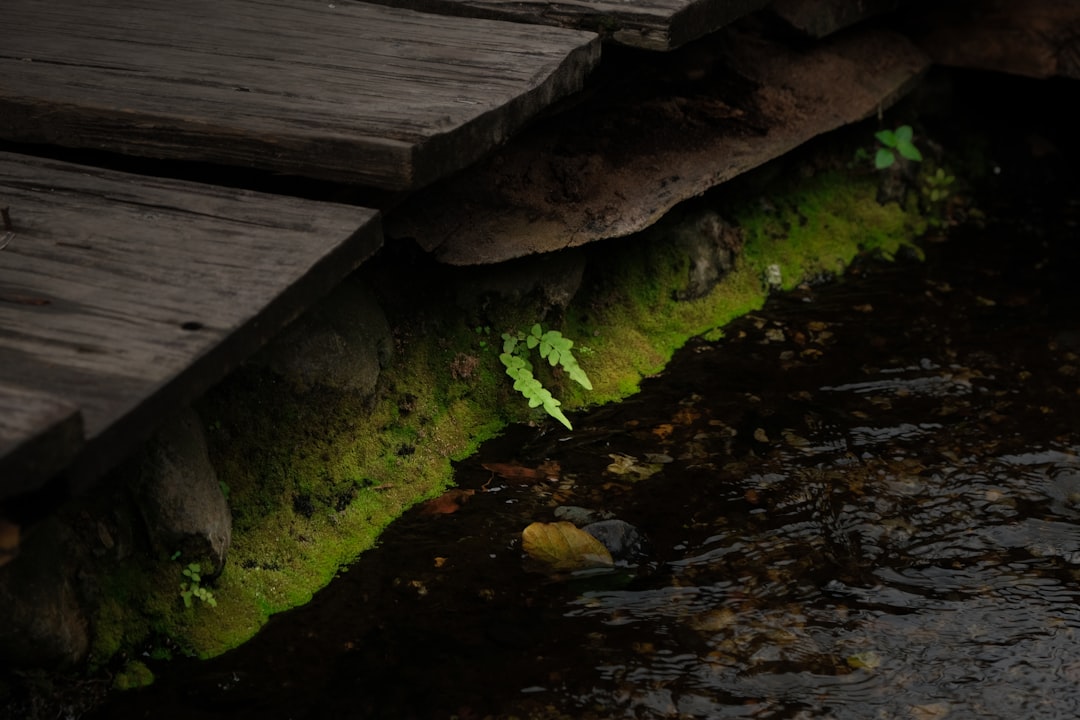Unleashing the Beauty of Orchids: The Art of Pruning

Orchids, with their exquisite beauty and delicate charm, are a beloved addition to any indoor garden. However, to keep these elegant plants thriving and blooming, proper pruning is essential. In this guide, we'll explore the ins and outs of pruning orchids of all types, including when and how to do it to encourage fresh growth and more abundant blooms.
### Why Prune Orchids?
Pruning is not just about aesthetics; it plays a crucial role in the health and vitality of your orchids. By removing dead, damaged, or diseased parts of the plant, you can prevent the spread of pests and diseases and redirect the plant's energy towards new growth and blooming. Pruning also helps to shape the plant, making it more compact and attractive.
### When to Prune Orchids?
The timing of pruning depends on the type of orchid you have. Generally, it's best to prune orchids after they have finished blooming. This allows the plant to recover from the stress of flowering and focus on new growth. For most orchids, this means pruning in the spring or summer. However, some orchids, such as Phalaenopsis, can be pruned at any time of the year.
### How to Prune Orchids?
Before you start pruning, make sure you have the right tools. You'll need a sharp, clean pair of pruning shears or scissors. It's also a good idea to disinfect your tools before and after use to prevent the spread of diseases.
#### Pruning the Flower Spike
Once your orchid has finished blooming, the flower spike will start to wither and turn brown. This is the time to prune it. Using your pruning shears, cut the flower spike about an inch above the base of the plant. If the flower spike is still green and healthy, you can leave it on the plant to see if it will produce more blooms. However, if it starts to turn yellow or brown, it's best to remove it.
#### Pruning the Leaves
If you notice any yellow, brown, or damaged leaves on your orchid, it's important to remove them. This will not only improve the appearance of the plant but also prevent the spread of diseases. Using your pruning shears, cut the leaf at the base of the stem. Make sure to cut as close to the stem as possible without damaging it.
#### Pruning the Roots
Over time, the roots of your orchid may become overcrowded or damaged. This can affect the plant's ability to absorb water and nutrients. To prevent this, it's a good idea to prune the roots every few years. Using your pruning shears, carefully remove any dead, damaged, or overcrowded roots. Make sure to leave enough healthy roots to support the plant.
### Tips for Pruning Orchids
- **Be gentle:** Orchids are delicate plants, so it's important to be gentle when pruning them. Avoid pulling or tugging on the leaves or stems, as this can damage the plant.
- **Use sharp tools:** Using sharp, clean tools will make the pruning process easier and less stressful for the plant. Dull tools can crush the plant tissue, making it more susceptible to diseases.
- **Disinfect your tools:** Before and after pruning, make sure to disinfect your tools with rubbing alcohol or a bleach solution. This will prevent the spread of diseases from one plant to another.
- **Monitor the plant:** After pruning, keep an eye on your orchid to make sure it's recovering well. If you notice any signs of stress or disease, such as yellowing leaves or wilting, take appropriate action.
### Conclusion
Pruning is an important part of caring for orchids. By following these tips and techniques, you can keep your orchids healthy, beautiful, and blooming for years to come. Remember, every orchid is unique, so it's important to observe your plant and adjust your pruning routine accordingly. With a little patience and practice, you'll become a master at pruning orchids in no time!